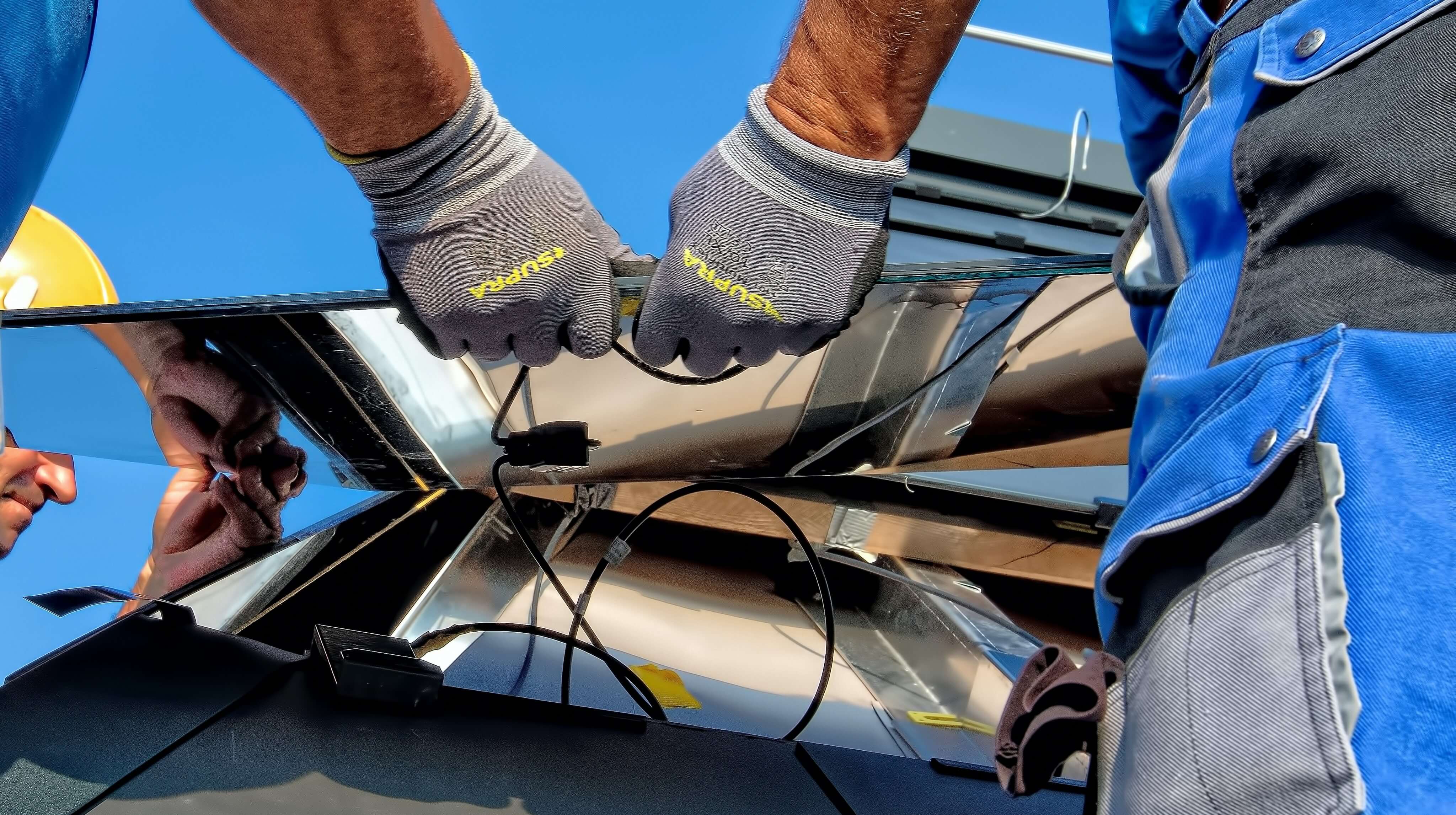
You would want your dream house to be the best in all its features. From its color, design, interiors, price etc., you’d want the best of everything. Ideally you would also want to buy the best and the most valuable solar power for your home. While iinergy is your best choice for the most valuable solar power without a doubt, there are some considerations you must keep in mind while building your new home if you want it to be an energy-efficient one.
Though it is possible to retrofit a new solar installation to your home after building it, you get the optimum results when its integrated while building the house.
Building a “solar ready” home takes quite some planning. Your land or the block of your land you plant to construct plays an important role in driving the efficiency of your solar. The way your block of land is oriented influences the position and angle of your home which in turn influences how the solar installation is for your home. Most solar panels have a “sweet spot” where your panels are able to generate maximum power. Say, for example, if you buy a piece of land on a hill facing the northern or westerm side, the sun won't hit your solar panels until much later in the day in comparison to a flat block or a house on the hill facing the southern or easter side. If you’re considering a coastal block of land, it would be great to check the average salt and wind corrosion rating of the land. Our experts would have the info to make sure your panels will be able to withstand harsh coastal conditions.
While sunscreen and sunblocks are needed for us humans, Solar Panels thrive on sun. Blocking and shade greatly affect the functionality of solar panels! A blockage of several large trees or the shadow of an apartment block can block direct sunlight from hitting your solar panels bringing down your efficiency. Even – partial blockage of blocking a few hours per day can also result in less-than-optimal energy generation. While solar panels are capable of generating power using indirect light, it isn’t as effective as direct sunlight. When installing solar panels, make sure that you install them in a spot with minimal hinderance so that the sunlight can shine bright on your panels.
Some important factors to consider for shade and blockage.
Generally, a north facing roof will enable your solar panels to capture as much sunlight as possible. If north facing set up isn’t available, a western orientation is a great option as well.
While planning and building your roof, some other things to consider are Satellite dishes, TV aerials, chimneys, awnings, shade sails or air conditioning systems that you might want to install. These all have the potential to reduce your solar output, either by shade or by deferring your preferred panel orientation. Building and positioning these items away from your solar panels would help in improving the efficiency of the panel. On a pitched roof, consider installing these objects on the opposing side.
If the house is going to be built with a flat roof, position your solar panels on an angle to capture as much solar energy as possible. While not all designs, roof situations and locations are same, it may be better to choose a more conventional and more solar-friendly roof design if you want to go solar in the future.
Some important factors to consider:
If you are unsure about any of this, our experts can help you out in finding the best solution.
Most new homes are wired with single phase. Only larger houses require three phase power. But while considering solar, a three-phase supply might be ideal despite the size of your home. This is important since houses in Queensland with single phase are allowed to have 10kW of inverter capacity and only 5kW of Solar export to the grid. But Three Phase homes can have up to 15kW export to the grid. Given current Feed-In Tariffs, it would be financially smart to install a system as big as your roof can take.
Getting a 3-phase system also opens up a variety of options for your installation, even if you don’t take advantage of it right away. As a
side bonus, a three-phase system is much more stabler providing a stable grid voltage is better for your appliances and may allow your
inverter to produce more.
Pre-wiring is an important step that will make things much easier during solar installation. Installing electrical wiring before your walls have been gyprocked would save time for the solar installer, and money for you. It is also recommend you consider installing a solar-ready electricity meter to connect your solar power system.
While domestic home solar power cables can reach up to 600V DC, they are not as same as the other wiring in your home. It is important to consider that the cables are not live only when the sun is down, or the switch mounted for your solar panels is off. It is vital to understand and follow the strict regulations about how and where Solar DC wiring is installed to prevent future damage to the cable.